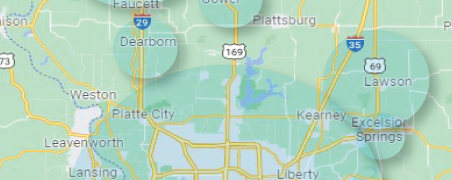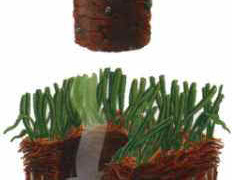Lawn Care Tip: Using Drop Spreaders to Fertilize your Lawn

When your lawn needs fertilized, the best solution is to contact your local lawn care company and have the professionals attend to the task. However, if you’re one of those do-it-yourselfers, then there is some research to be done on the subject. Not all fertilizers are the same, so you should decide which fertilizer is right for your lawn, how much should be applied, when it should be applied, as well as what to do to ensure the application is successful. If you’re using granule fertilizer, you will want to look into purchasing a spreader to disseminate the fertilizer evenly.
There are generally two types of spreaders: drop spreaders and broadcast spreaders. Broadcast spreaders are particularly advantageous for those who have a large lawn to cover. However, if the area you’re fertilizing is small, a drop spreader might be more ideal.
Whereas broadcast spreaders fling the fertilizer in every direction, drop spreaders are more focused, releasing the fertilizer directly underneath the device through the hopper. This means you have to make certain you have covered that area thoroughly, or else you could have some areas of your lawn growing wildly while other sections barely look alive. Another downfall to using a drop spreader is the risk of over-fertilizing your lawn; applying fertilizer is a very delicate balance and if you apply too much fertilizer, you run the risk of frying your lawn.
If this sounds like too much of a hassle or you’re not particularly good at staying within the lines, your best option is to contact us and leave the fertilizing to us. Sometimes having a beautiful, successful lawn means leaving it up to the pros!









